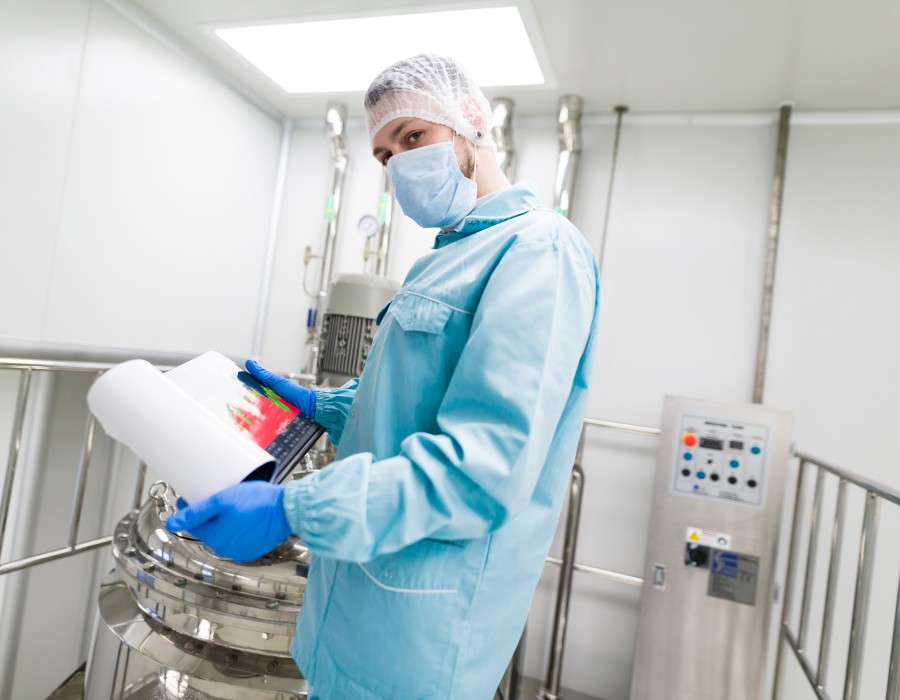It is crucial to maintain proper hygiene in lab environments, clinical research laboratories, testing labs, etc., as the equipment and materials in these places are not just sensitive. Also, they can temper the test results. Every equipment, every beaker, and every surface in the lab must be properly decontaminated to ensure the health and safety of the lab personnel, protect research integrity and extend equipment life.
You must read this blog if you are curious why lab equipment decontamination in San Diego is necessary.
Reducing Health Risks
Different labs have several hazardous biological, chemical, and radiological substances. Some of these are toxic to touch, while others might do harm by mere inhalation. Lab personnel work with these dangerous substances, and if not properly managed or handled, these substances can pose great health risks. A single contaminant can pose significant risks, including infections, respiratory issues, and even chemical burns.
By lab equipment decontamination and chemical cleaning in San Diego, the following health risks can be reduced:
● By cleaning the toxic and chemical substances from the equipment and tools, the risk of inhalation of such dangerous fumes can be eliminated.
● Personnel might come into contact with harmful pathogens causing harm, making cleaning and decontamination necessary.
● Toxic chemicals lingering on the surfaces might come into contact with other toxic substances, posing a risk to personnel. Thus, cleaning and decontaminating is crucial to ensure the
safety of the lab staff.
Maintaining Accuracy in Experiments
Every research requires only the selected variables and that too in only desired quantities. To ensure accurate results, it is of utmost importance to maintain this accuracy. Residual microbes lingering on the equipment and tools can temper the results of the studies.
Trace contaminants can alter the results of sensitive procedures, especially in fields like pharmaceuticals, biochemistry, and medical research, where the smallest deviation can lead to inaccurate conclusions.
Decontamination reduces the risk of buildup on the surface, which might affect instrument calibration and precision over time.
Compliance with Regulatory Standards
People’s lives and several study results depend on the working of the labs and research facilities. Thus, there are multiple compliance standards that the labs must adhere to, or agencies like CDC, FDA, and OSHA might impose hefty fines and penalties, which can even lead to equipment shutdowns or license suspensions.
The key guidelines which are generally included in all compliance standards are:
● The labs must maintain a logbook of who used the lab facilities and whether they cleaned and decontaminated the tools and surfaces.
● Each piece of equipment and every lab corner should have a specified decontaminating policy and penalties for non-compliance of the same.
● Proper disposal methods for cleaning agents are essential for preventing environmental contamination.
Extending the Lifespan of Equipment
All equipment and tools come with clear manufacturer instructions that state how you must clean and maintain the equipment to extend its lifespan. Decontamination is an important part of lab equipment and instrument maintenance.
Accumulated residue can corrode the sensitive parts of the equipment, wear down seals, and reduce the efficiency of the machinery. In testing labs, the experiments are performed on the smallest quantities. Any addition of unwanted variables can prove to be disastrous. In addition, some advanced lab equipment, like electron microscopes or PCR machines, requires a pristine operational environment to maintain longevity and avoid costly repairs.
Preventive Decontamination offers the following benefits:
● It protects delicate components from wearing down due to residual accumulation.
● It prevents the need for frequent calibration and the instruments perform as expected.
● By regular cleaning and decontamination and reducing the need for frequent calibration, facilities can save significant costs related to repair and replacement.
What are Some Best Practices for Effective Decontamination?
Following are some effective tips for effective decontamination:
● Regular Cleaning Schedules: The best way to go about lab equipment decontamination in San Diego is to set up an effective cleaning schedule, say, weekly, bi-weekly, or monthly, to
ensure a consistent routine without allowing buildup.
● Using Proper Decontamination Agents: Lab equipment and instruments have specific cleaning agents that don’t leave residue and contaminants behind. So, choose the
decontaminating agents carefully.
● Safe-Handling Protocols: Accidental exposure to chemicals and toxins can harm personnel health; thus, safe handling protocols are necessary in such facilities.
● Follow Manufacturer Guidelines: Most lab equipment and instruments have clear manufacturer guidelines. One can ensure safety by adhering to these instructions.
Conclusion
Decontamination and cleaning in a lab might seem like the smallest job among the set goals, but the smallest things make the difference. In labs where results depend upon the smallest variables, ensuring that no lingering residues might skew the results or pose a health risk to the personnel is crucial.
It can be assumed that your curiosity has been put to rest as to why regular lab equipment decontamination in San Diego is vital in labs.





Comments